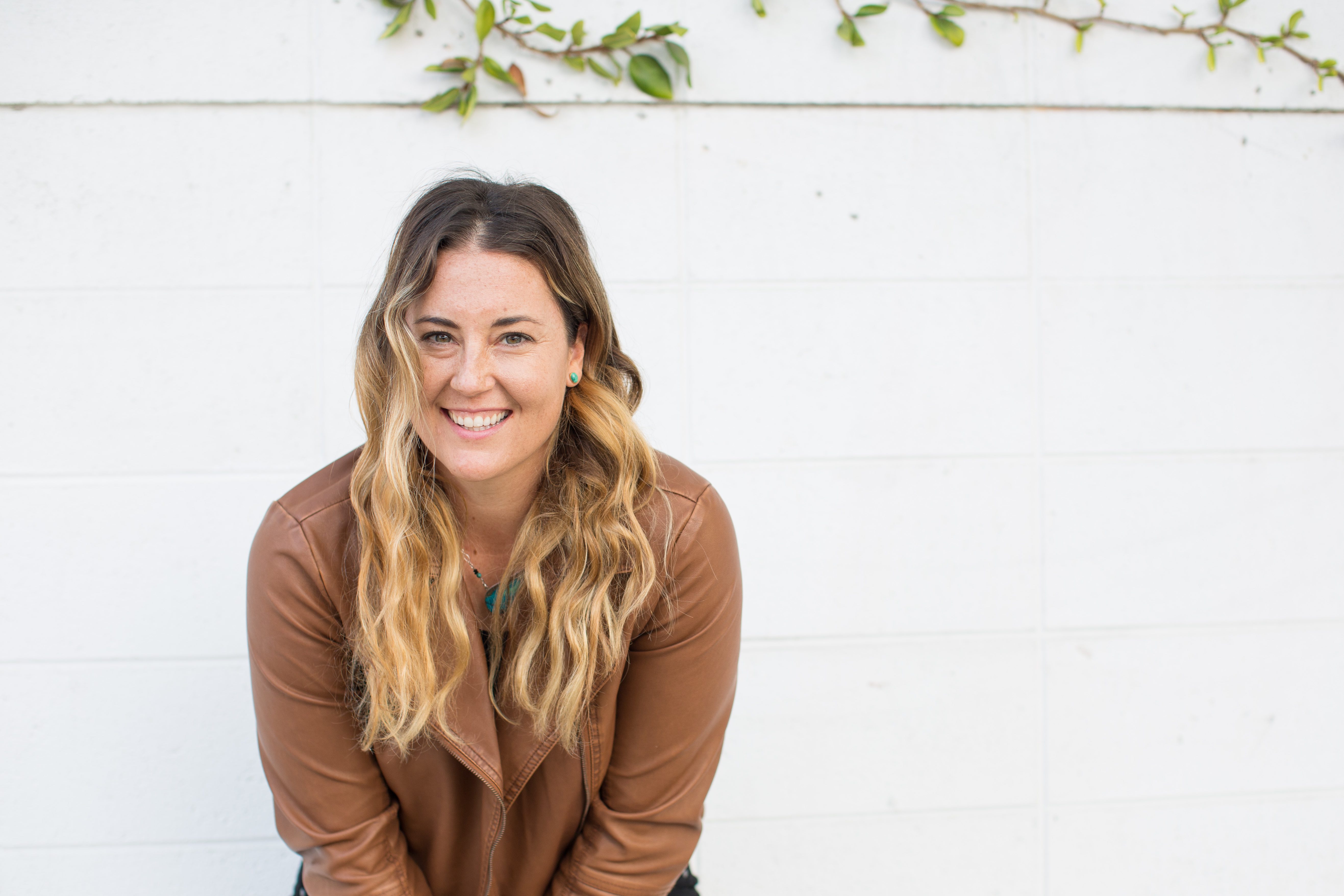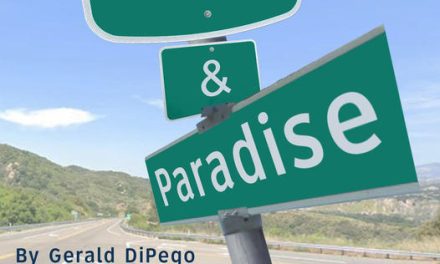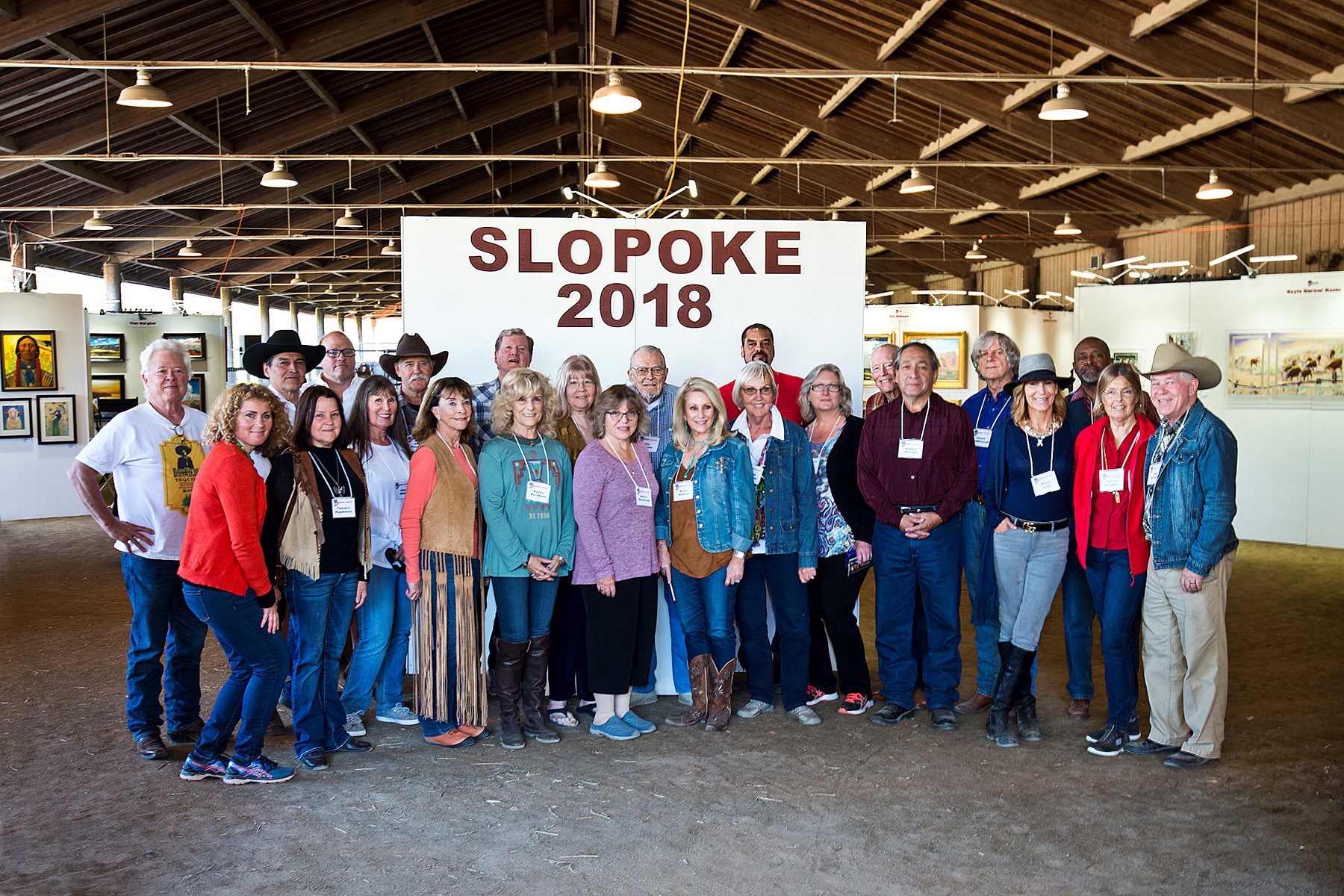By Inclusion SYV
Contributed
FYI – This is the second article in the Inclusion SYV Local Stories Project, which is intended to include as many local voices as possible.
Unfortunately, the Santa Ynez Valley is not immune to the impacts of racism and bigotry.
Is there a way that we can all better embrace the national, ethnic, religious, and gender diversity of our community and live more rewarding lives? That’s the purpose of Inclusion SYV, an organization founded in 2017.
The members of Inclusion welcome you to a monthly series of true stories written by members of our community, dedicated to initiating a continuing and open discussion of the immigrant experience and the often dramatic and long-term impact of both welcoming and traumatic events.
Our hope is that readers will find each story a meaningful contribution to a better understanding of each other.
The names of the writers are kept anonymous to protect their identity.
Please email any comments to INCLUSIONSYV@gmail.com. If you are interested in telling your story, please let us know.
Segregation and a mother’s influence
I am a white, 75-year-old woman. I have come to the Santa Ynez Valley from Texas, by way of Milwaukee, Wisconsin, and Tarzana and Westlake Village.
I have been thinking of what I might have to bring to the conversation about equality and inclusion, and I have discovered a message that I’m not even sure I ever specifically articulated before now.
I grew up in the segregated South, a time when there were separate drinking fountains in all public places, marked “White” and “Colored.” I remember the first time I ever noticed that. I don’t remember how old I was, but I can see the fountains in my mind, next to the elevator in a department store in Dallas. I can also remember thinking that was really stupid.
You see, what I’ve realized is that the most important influence on my attitude toward people different from me in some way was the example set for me by my mother. Although our family was in no way considered well off, my mom, from time to time, worked outside of our home and, at those times, we might hire someone to help her with the housework (which she hated doing, probably more of a reason for seeking out help).
One lady who worked for us for an extended period of time was Clara. Clara was a lovely African-American woman, married with two children. My mom and Clara were friends. They enjoyed each other’s company, shared stories, sat down together and ate lunch. They were friends. Experiencing that friendship is what formed my attitude about how relations between people with differences should be.
I believe it would be naïve not to recognize that human nature may struggle with differences, but the specific, personal example each of us sets as we interact with those in our lives, or those whose lives’ paths cross ours even superficially, is the most contagious influence we can exert on our society. My mom’s example counteracted anything I might otherwise have absorbed from the messages that society was sending. And each one of us sets examples for all to see as we live our lives.
I am a Catholic, and my religion teaches that each one of us is a beloved child of God, no one of us superior to any other one of us. That is a very powerful message, but my mother showed me exactly what that looked like. Each one of us who lives that truth enriches his or her life immensely by the beautifully diverse people whom we make part of it.






